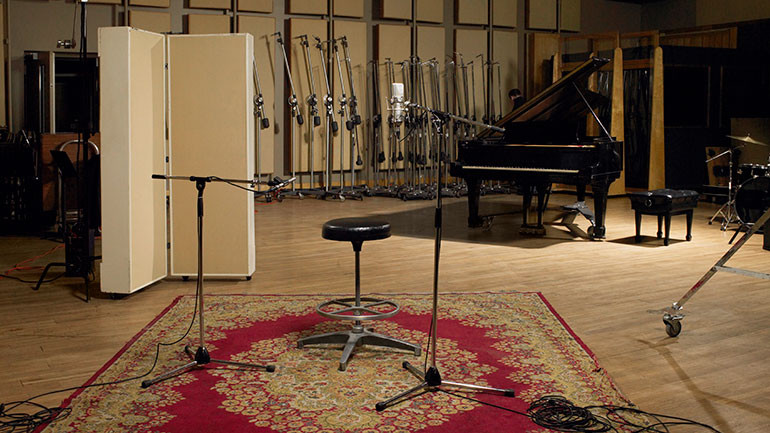What it Takes to Make a Good Studio Space
More ideas for improving the sound within your recording domain, as well as addressing the sound that’s getting out

Let’s face it, making music is no fun if you’re always battling sonic gremlins due to an inferior recording area, or are constantly fielding requests to “turn it down” because your room lacks sufficient soundproofing. To help rectify that, once again we revisit some of the basics of studio acoustics with the goal of improving the sound within, as well as addressing any sound that’s getting out. And if you’ve grown serious enough to think about what it would take to turn a household space into actual pro-leaning studio facility, we’ll also touch upon some of the building and budgetary basics.
Space matters. Along the way you may have noticed that certain rooms seem to be more conducive to making music than others. While there are a number of factors at play, two key determinants are the layout of the space, as well as the composition of the room itself. Quite often the best places have some kind of irregularity, such as an alcove, a pitched ceiling, or walls of unequal length, which tend to prevent soundwaves from bouncing around and creating phantom echoes and the like. And compared to hard, straight surfaces like sheetrock or plaster, rooms that are comprised of wood paneling and/or floors are often less reflective and can provide a much warmer sound.
Big enough, but not too big. Another consideration is how much square footage you actually need to get the job done. If you’re mainly an overdub artist, and/or work primarily “in the box,” theoretically you could get by with a much smaller footprint. However, if having a viable space allows you to consider working with other musicians, make sure you have at least enough room to accommodate. Also think about how much volume you’ll bring to bear (for those who require a real amp, rather than its virtual counterpart, for instance), since the bigger the area, the more challenging it will be to keep inside noises from leaking out.
“Tune” the room. As we’ve often noted, the best environments for listening and mixing tend to be very arid, whereas a tracking area should ideally have some liveliness in order to prevent acoustic instruments and vocals from sounding too sterile. This is why pro studios traditionally have one space for monitoring (the control room) and another for performing (the recording room). If you can’t have a dedicated place for each, you could simply allocate one section of the room for your recording gear and apply a generous amount of absorptive material around your workstation to encourage direct sound while mixing and monitoring. You would then use a combination of reflective and dampening surfaces in the rest of the area—for instance, you might partially cover a wood floor with a medium-sized throw rug or attach a tapestry or blanket to one wall while leaving the opposite wall bare. The idea is to keep enough of the “good” reflections intact, while using just enough soundproofing to reduce the overall room volume.
Building a dedicated studio space. There are a number of things you can do to “treat” any room that you decide to record in, but when it comes to both soundproofing and sound improving, constructing a separate, dedicated studio space is the ultimate way to go. That’s why purpose-built studios are usually a room-within-a-room—that is, four walls that occupy a section of a building (a basement area, for example), but are built in such a way that they are basically independent of the main structure. Naturally, this approach requires significantly more energy and money than merely retrofitting an existing room, not to mention some basic building skills. On the other hand, the materials you’ll need—sheetrock panels, framing lumber, fiberglass insulation and such—won’t set you back too much, especially if it’s a modest-sized design. Stay tuned, as we’ll discuss some specifics in a later column—but for now, have fun experimenting with these affordable materials and techniques that can help optimize your current studio situation.






Community
Connect with BMI & Professional Songwriters